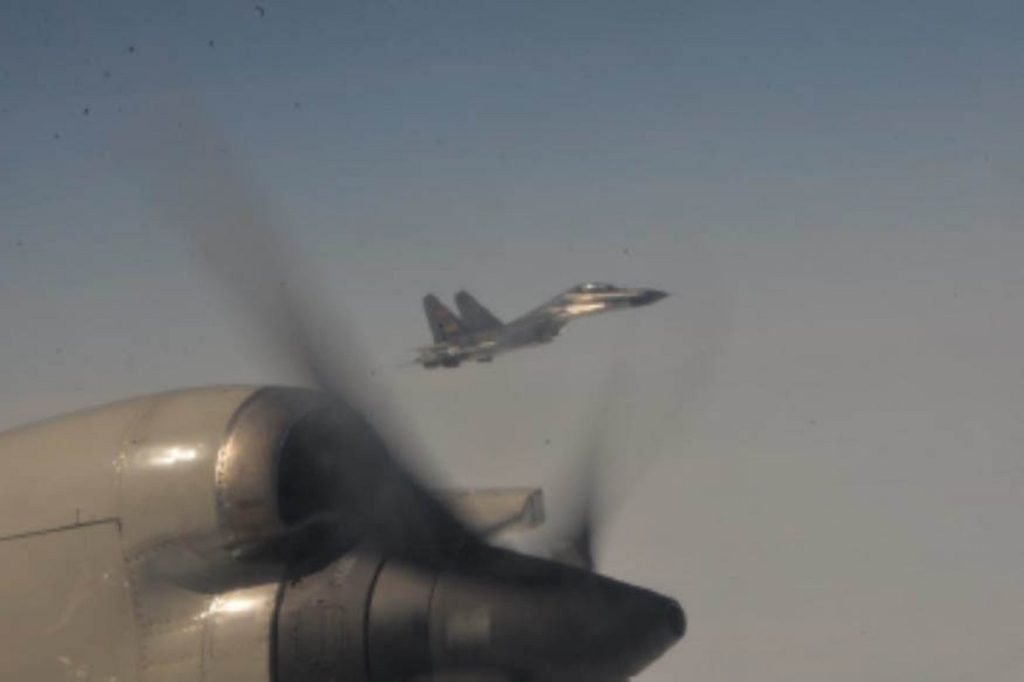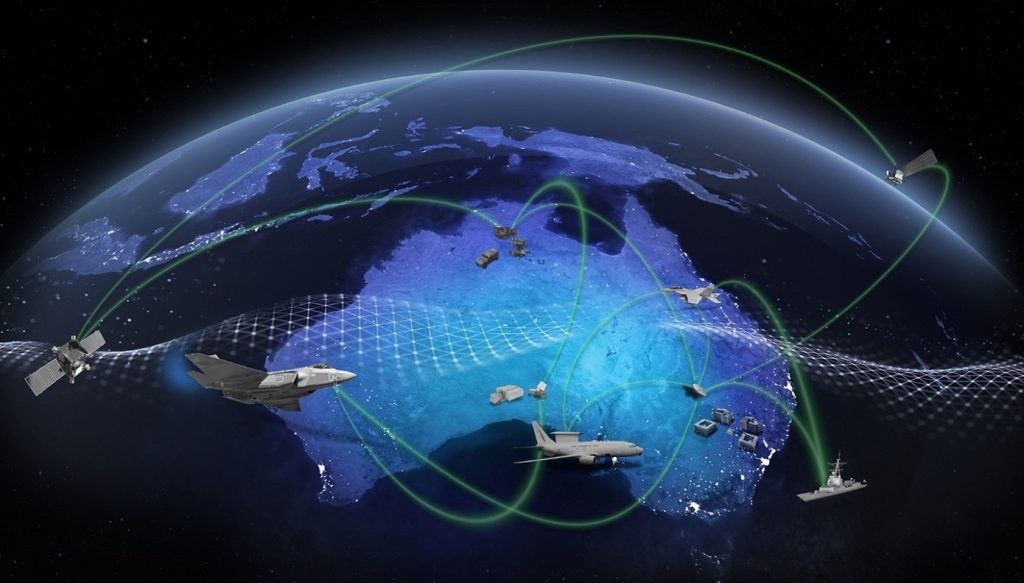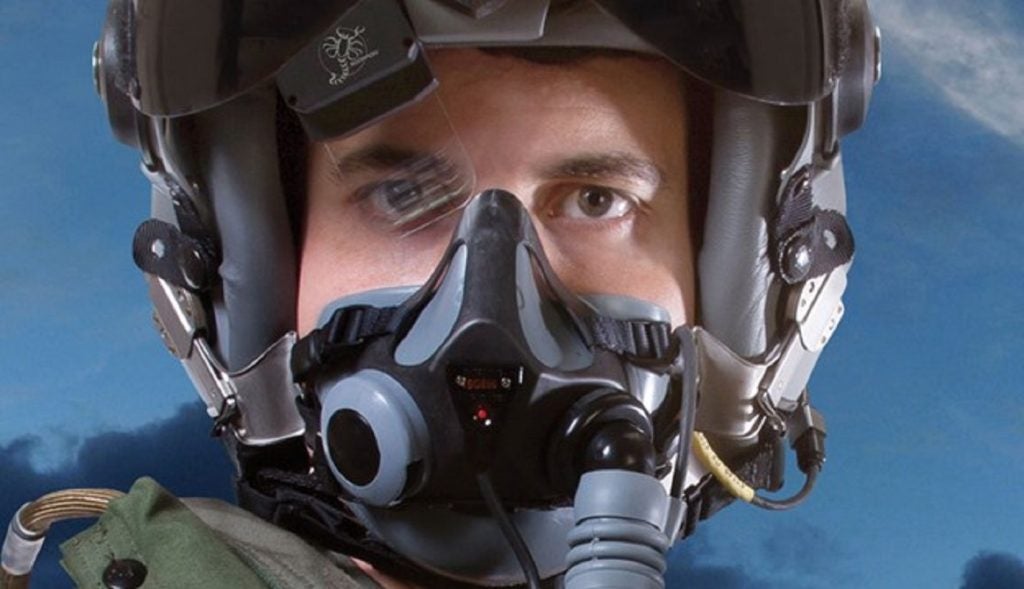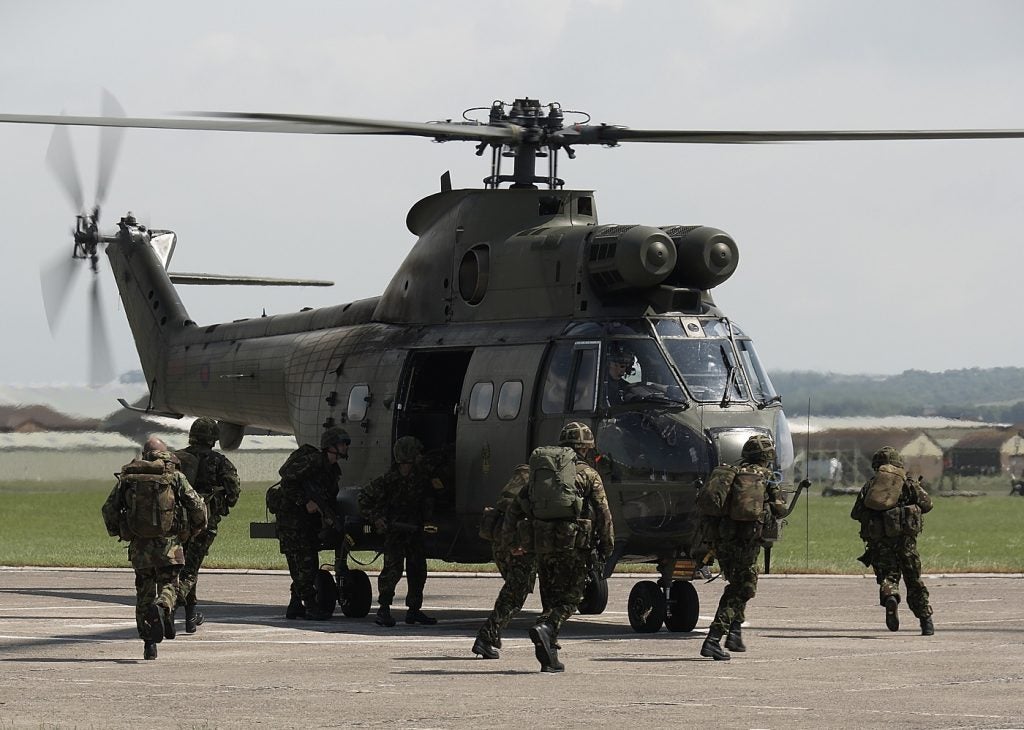In a bid to implement its 'One China' policy and assert territorial dominance, China's military activities in the Indo-Pacific region are garnering international attention.
The US has accused the East Asian powerhouse of conducting a "centralised, concerted" campaign of harassment against US and allied aircraft operating in international airspace, while GlobalData reports an increase in military expenditure to counter the influence of the US Navy. These developments are fuelling concerns of escalating tensions in the region.
China's aerial aggression in the Indo-Pacific
Recent developments in the Indo-Pacific region have placed China's military activities under intense scrutiny as it seeks to assert its territorial claims and implement the One China policy. The situation has raised concerns about the potential for escalating tensions between China and the US and its allies.
The changing political landscape of great power competition between the US and China has impacted the Indo-Pacific region's economic relationship and power projection, according to GlobalData's China Defense Market 2023–2028 report.
Ely Ratner, the Assistant Secretary of Defence for Indo-Pacific Security Affairs, and Navy Adm. John Aquilino, the commander of US Indo-Pacific Command, expressed their concerns about these dangerous intercepts during a press conference at the Pentagon.
These aerial confrontations are not isolated incidents but part of a broader pattern of behaviour by China's People's Liberation Army (PLA). Beyond the skies, Chinese vessels are harassing US and allied warships in the East China Sea and the South China Sea.
"We are seeing it on land against our Indian partners," Ratner emphasised. The DoD is set to release a Chinese military power report that will provide further insights into China's fighter jets' coercive and risky operational behaviour.
According to Ratner, since the fall of 2021, there have been more than 180 incidents, significantly more than in the previous decade. These incidents involve reckless manoeuvres, discharging chaff, firing flares, and approaching US aircraft too rapidly and closely, all aimed at interfering with lawful US operational activities in international airspace.
A commitment to countering US influence
The situation is compounded by China's refusal to open lines of communication with the US despite repeated requests. Aquilino emphasised that these intercepts, marked by risky behaviour, could lead to miscalculations, posing a threat to peace and stability in the region.
"Let me be clear: intercepts happen every day around the world, and the vast majority are conducted safely and without incident," the admiral said. "There is no reason for the intercepts with the PRC in the Indo-Pacific region to be any different."
Simultaneously, GlobalData, a data and analytics company, sheds light on China's aggressive military modernisation efforts aimed at implementing the One China policy, particularly regarding Taiwan. The recent incident where Chinese fighter jets monitored a US Navy patrol aircraft over the Taiwan Strait underlines China's assertive approach to territorial claims.
Harshavardhan Dabbiru, a defence analyst at GlobalData, noted that China has increased its military modernisation efforts over the last decade. "After a change in leadership in 2013, China has considerably increased its focus on military modernisation and has been flexing its military prowess in the Taiwan Strait and the overall Indo-Pacific region in the last decade."
It has been conducting frequent naval drills around Taiwan and investing in military platforms and subsystems. According to GlobalData estimates from its Military Fixed Wing Aircraft and its Naval Vessels and Surface Combatants Market Analysis and Forecast to 2033, China is expected to spend $71.1bn (519.25bn yuan) on military fixed-wing aircraft and $51bn on naval vessels over the next decade.
These investments highlight China's commitment to developing military capabilities to counter the influence of the US Navy, which plays a role in safeguarding the Taiwanese islands.
As China continues to assert its territorial claims and challenge international norms, the world watches closely, wary of the potential for escalating tensions in the already volatile Indo-Pacific region.












